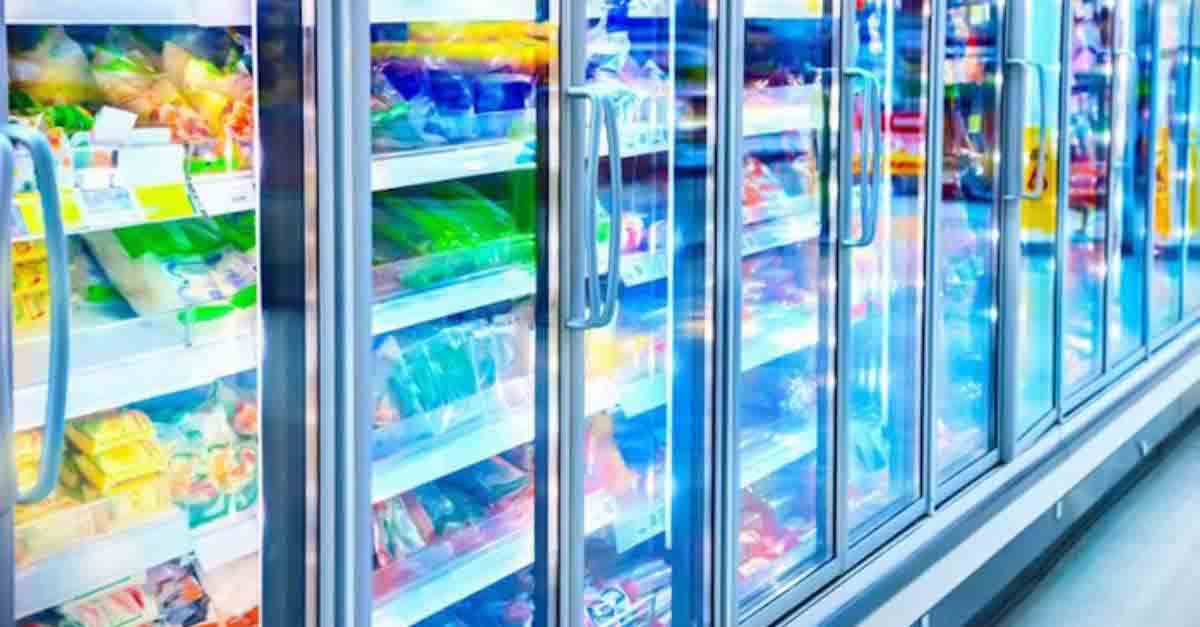
Why Your Business Needs an Effective Mobile CMMS
Mobile CMMS functionality is crucial for remote, multi-site and digitally transformed operations. If you're not mobile, here's why you're missing out.
Solutions
Workplace Management Solutions
Real Estate Management Solutions
Maintenance Management Solutions
Energy Management Solutions
Engineering Document Management Solutions
Asset Management Solutions
Automate campus scheduling for classes, meetings, and exams with our EMS software.
Plan and manage conferences effortlessly with EMS software to impress guests and streamline operations.
Boost workplace flexibility and maximize space use with seamless desk and room booking.
Organize workplace or campus events smoothly, creating memorable experiences.
Optimize workspace, manage allocations efficiently, and reduce costs with our space management solutions.
Deliver projects on time and within budget by improving communication, collaboration, and efficiency with our software.
Streamline lease accounting for ASC 842, IFRS, and GASB compliance.
Manage leases efficiently by tracking key dates, analyzing costs, and ensuring compliance.
Centralize data and analytics for better insights, faster negotiations, and revenue growth.
Centralize facility and asset maintenance, automate work orders, and ensure compliance with our CMMS software.
Extend asset life, reduce downtime, and prevent costly repairs with data-driven monitoring.
Prevent equipment failures and extend asset life by detecting and addressing issues early.
Make sustainable, cost-efficient energy decisions by monitoring and optimizing power consumption.
Remotely monitor and control equipment with real-time data to predict issues, boost efficiency, and reduce downtime.
Easily share and collaborate on documents, creating a single source of truth for engineers and contractors.
Manage and analyze assets across their lifecycle to schedule maintenance, reduce downtime, and extend lifespan.
Improve visibility, automate work orders, and ensure compliance for efficient facility and asset management.
Resources
Browse our full library of resources all in one place, including webinars, whitepapers, podcast episodes, and more.
Support
Looking for access to technical support, best practices, helpful videos, or training tools? You’ve come to the right place.
About Accruent
Get the latest information on Accruent, our solutions, events, and the company at large.

Do you know your most expensive retail work orders — and how to curb those costs? Here are our top tricks and best practices.
As a result, finding cost savings is extremely important, especially in complex areas such as compliance, work order management, and general maintenance planning where budgets can balloon quickly.
The top expense area for grocery organizations are work orders related to refrigeration and refrigeration compliance. A recent trend indicates that grocery stores are keeping more perishable food items in their inventory, which means more coolers and display cases to manage across the enterprise. With Environmental Protection Agency (EPA) guidelines on refrigerant and ozone depleting substances changing at the start of 2019 and continuing into 2020, cost and management of these substances will only expand. Refrigeration and its compliance are one of the most expensive categories for reactive and emergency work order fees, due to the urgency of refrigeration case downtime.
Accruent’s grocery customers have spent anywhere from 25% to 40% of all work order spend on refrigeration-related work orders.
Learn more about significantly reducing food loss at your stores.
Another expensive area for grocery companies is building and property maintenance. All stores must maintain brand guidelines, customer and employee safety, and an orderly, modern shopping appearance for customers. No surprise then that this can be an expensive endeavor, with everything from flooring, windows, roofing, and parking lots to maintain.
Here, our customers spend between 13% to 18% of their work order expenditures in this category.
The third primary area of expense are hot foods and preparation equipment. In contrast to the traditional take-out restaurant, many grocers have expanded offerings in “to-go food” that customers can either pick up and eat quickly or take home to their families. These expanded offerings can make hot food and food preparation equipment critical to operating areas such as delis, bakeries, coffee shops, and rotisserie chicken stations.
Depending on the floor plan and offering of the store, grocery organizations can spend anywhere from 11% to 20% of their work order expenditure in this category.
Other expenditures for grocery stores are maintenance categories such as HVAC, lighting and plumbing. These maintenance categories are another instance where reactive work orders can become quite costly and have a tremendous impact on a business. Grocery consumers cannot shop in a building that does not have proper HVAC, lighting and plumbing.
In fact, Accruent customers spend between 16% to 26% of their overall work order spend in these categories.
Over half of a typical grocer’s maintenance spend is on these 6 most expensive work orders. It takes a disciplined maintenance staff and an exceptional work order management system to track these work orders to ensure that you are not overspending on critical assets. Stop overspending on work orders, learn more about Accruent's facilities operations software!
Mobile CMMS functionality is crucial for remote, multi-site and digitally transformed operations. If you're not mobile, here's why you're missing out.
With more workers relying on their mobile devices to complete their jobs, you need to better support them with easy mobile access to your EDMS.
If you're managing leases in healthcare, you're likely familiar with Stark Law. But are you aware of 10 key facts? Get the details about the ...
Subscribe to stay up to date with our latest news, resources and best practices.
* To unsubscribe at any time, please use the “Unsubscribe” link included in the footer of our emails.